Words, images, acts. They constitute the three-legged stool of my life. This is a matter of not only where I sit but of how I express myself in the world, see the world, and seek to change it. Yet, as Roger Cohen points out in his recent New York Times column, “Smartphone Politics,” of February 22, the connection between word, image, and act has become strangely unsettled, not only in our public life, but in how to proceed in my own. The way we combine them to form communication in a digital age is reshaping our deepest relationships.
I grew up in words, the building blocks of sentences. Each sentence helped build a paragraph, each paragraph an argument. Words and thinking were the engine and the car, inseparable in navigating a human life. The words I learned to use were lawyerly, realistic, scientific—the kind you saw in the mail-order catalogs or the hardware store describing articles to buy and use. They were the words of prose that filled my National Geographics, even while I imagined I was climbing Everest or descending into the ocean’s depths.
But as a child I also heard and used words that spoke beyond the hard and fast reality of common sense. They spoke of flying dragons and of my imaginary friends, whom I named Friends, Corners, and Britches. They existed in my mind and were my closest companions, but they weren’t, my mother said, “real.” With them I knew that words could build a fictional world. And so, I have written some fiction, but that isn’t the main way I seek to go beyond the conventionally “real.” That came with words the poets use.
It was in my teens that I found the world of poetry, where words could conjure up realities existing only in the spiderweb of connotations and images they constructed in strange juxtapositions, jarring expectations of ordinary logic and perception. They argued without arguing, created worlds without a formula, evoked emotions without visible instructions. Poetry is how I plumb the emotional depths to find a way between perception and action.
While I have learned to use all three types of words and writing, I still find it hard to enter into one type without giving up the others for a while. So now I am working back in prose as I decipher the meaning of old photographs and correspondence by my grandparents. Poetry and fiction scuttle to the sidelines as I strive for clarity about what “really” happened a century ago on Cyprus at the copper mine of Skouriotissa.
With that book on its way to find a publisher I have turned to another work of recollection—assembling photos of Sylvia’s thirty years of artistic production so we can create a complete catalog for a revised version of our website, WisdomsTable.net. So I am once again absorbed in a world of images—images that are not recording people and places of a land, but images of works in cloth, mosaic tile, yarn, paper, and found materials that take us beyond our everyday world to one of more transcendent meanings. It is the world of the “ineffable word” intimated in this stitchery from her Wisdom Series.
Just as I am absorbed more deeply into working with these images, I am buffeted, as are you, with shocking images pouring from the electronic devices in our living rooms, our pockets, on our desktops, in our waiting rooms and restaurants. Raw images of politicians bellowing for our loyalty, of catastrophes off the shores of Greece as people flee barbaric atrocities of war, of seductive blandishments by manufacturers and marketers. Images, as Roger Cohen says, short-circuit thought—the thought that comes in words, sentences and paragraphs. As images overwhelm our political process, thought and reason recedes, the demagogue holds sway, conflicts seek their resolution in violence rather than negotiation and persuasion.
Perhaps this unease between image and word is what has turned me increasingly to the importance of rituals—the acts that seek to form the disciplines of living in our world without being reduced to it. In particular it is the rituals of listening, praying, speaking, gesturing, and walking through the choreography of worship. These are the kinds of acts that form the third leg of my stool. They create a still point where I can let my words wrestle with my images, discover and assess their meanings, and evaluate their truth or import for my life. In all the distractions of smartphones, TV, radio, and breaking news, these times of ritual come to be my central nervous system for response, for judgment, for genuine expression, and for relationships that endure.
As Sylvia and I sort through the many images of her work we sometimes have to re-assess their proper names, when they were created, where they might now reside. Even as we name, explain, and locate we know that it is the image itself which is speaking in its own way. It is a work of image and word, but it is also a work of providing a space for rituals in which to integrate them in a life that is whole and healing. Many of these works have been created to shape times of worship—in churches, at the Lake Junaluska Peace Conference, and in workshops over many years. Others are for personal meditation and illumination, as is the process of creating these works itself. These images lead us to connect word and act in new ways.
In the cacophonies and distractions of the present I am aware of my need for a balance among the work of words, of images, and rituals. I think we all need some sort of stool like this. How does this process look from where you are sitting? Let me know, by whatever image, word, or act you want to use.

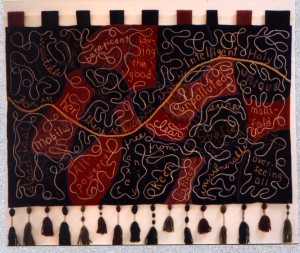
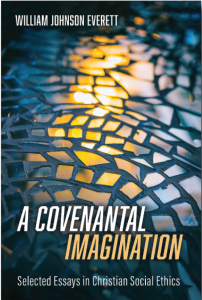
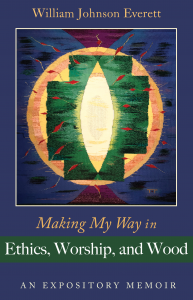
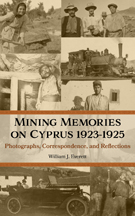
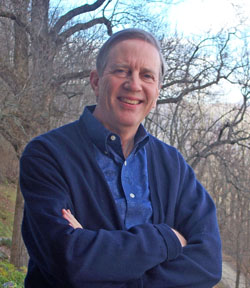
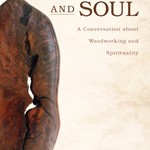
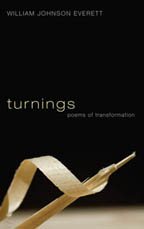
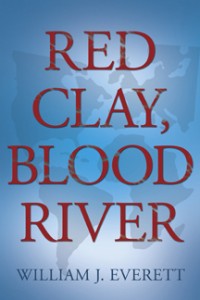 Red Clay, Blood River
Red Clay, Blood River
Bill and Sylvia, I do visit your website, in depth sometimes. The Enffable Word is quite creative. It lokks to me like a brain forming a word before it can be spoken. Bill, I lingered on the subject of trees. I love trees, big and tall; also small and likewise enduring. kinda the same about oceans and inlets, with their more “fluid” life. See you sometime.